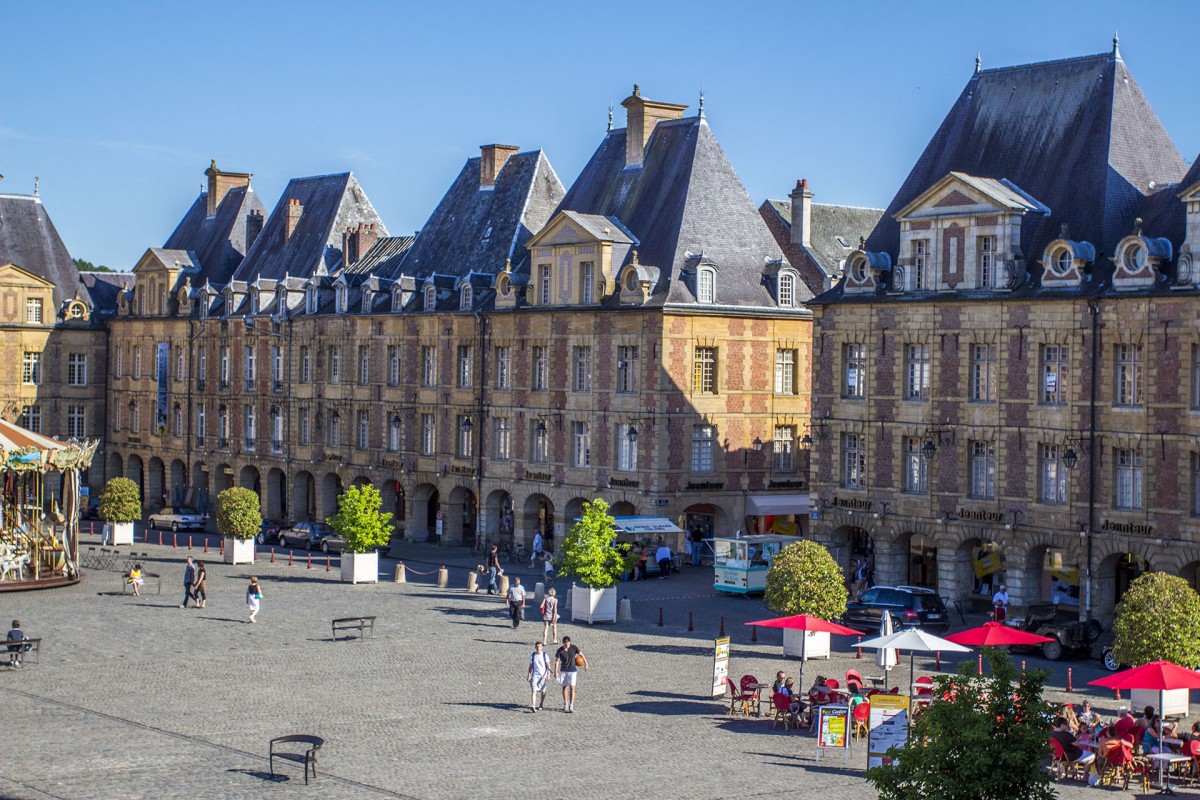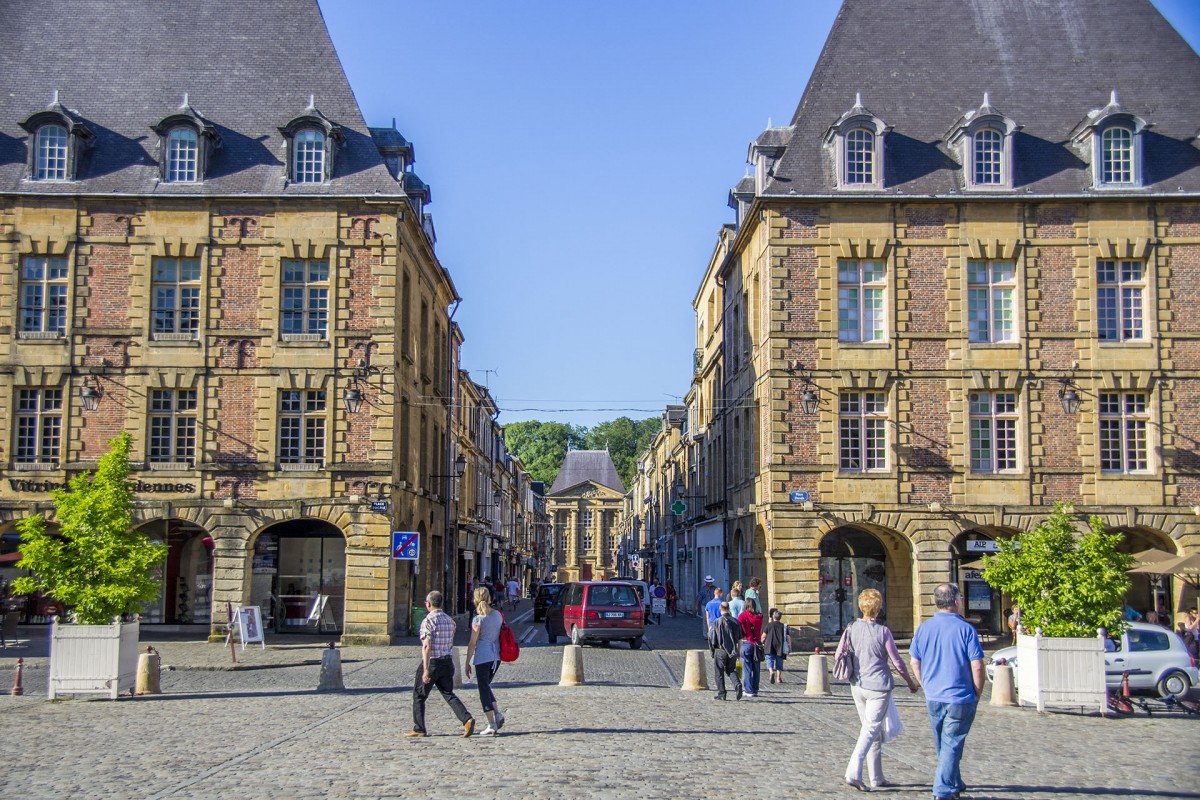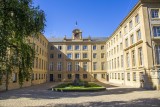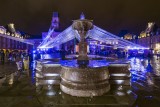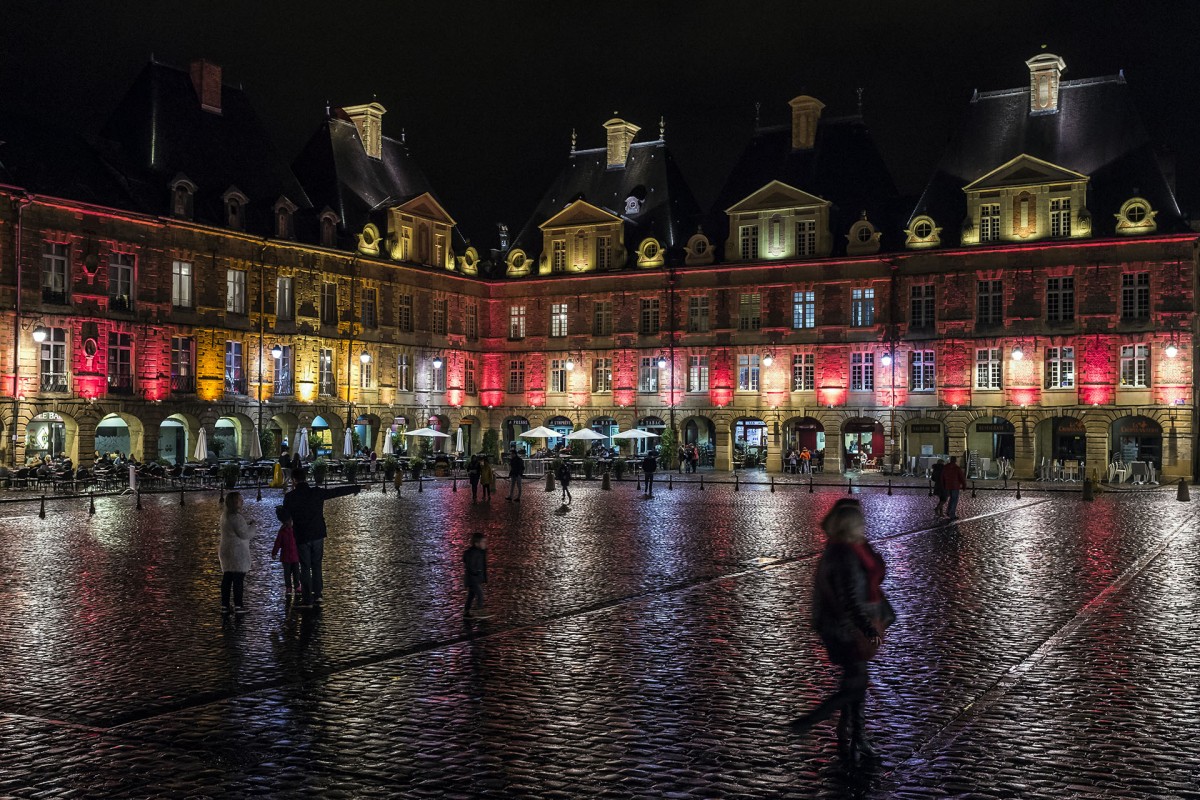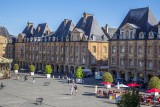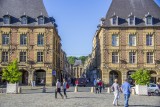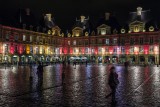Charleville-Mézières
A city of Art and History
Capital of the French Ardennes and the main gateway to the Ardennes from the south, Charleville-Mézières, a Meuse city of art, culture, and history, enjoys an ideal geographical location between northern Europe and France.
Two centers in one city
Charleville-Mézières, a prefecture of the department of the Ardennes, is formed by the two neighboring cities of Charleville and Mézières, which were merged on 1 October 1966. The city extends along three successive meanders of the Meuse, which cuts through, and bumps against, the massif of the Ardennes.
The river marks the configuration of the city and its history by very quickly becoming a privileged communication route for trade and exchanges.
Charleville and its Place Ducale: architectural gems
Founded in 1606 by a prince of Italian origin, Charles de Gonzague, this city boasts Italian design in a perfect Baroque style. Place Ducale, an architectural gem in Charleville that was inspired by the Place des Vosges in Paris, is one of the city’s most beautiful architectural triumphs.
Discovering the Mézières, the medieval
A 10th-century city and hub of North European river trade in the Middle Ages, today Mézières still retains an important part of its historical cachet with the presence of ancient ramparts and the Basilica Notre-Dame-d'Espérance.
Heritage serving as the stage for major events
This lively and vibrant city hosts regional, national, and even international events, such as the World Festival of Puppet Theaters, which is organized in Place Ducale in Charleville. Meanwhile, Mézières organizes the Green Cabaret eco-festival, which attracts thousands of festival-goers each year.
Charleville-Mézières: the birthplace of the poet Arthur Rimbaud.
It is in Charleville that the famous poet Arthur Rimbaud, the precocious child and rebel who would become an icon recognized throughout the world, was born and raised. Through its Arthur Rimbaud museum and the “absolutely modern” maison des Ailleurs, the city is proud to pay tribute to him. These two sites dedicated to him clearly attest to the cultural wealth of the city.
Capital of the French Ardennes and the main gateway to the Ardennes from the south, Charleville-Mézières, a Meuse city of art, culture, and history, enjoys an ideal geographical location between northern Europe and France.
Two centers in one city
Charleville-Mézières, a prefecture of the department of the Ardennes, is formed by the two neighboring cities of Charleville and Mézières, which were merged on 1 October 1966. The city extends along three successive meanders of the Meuse, which cuts through, and bumps against, the massif of the Ardennes.
The river marks the configuration of the city and its history by very quickly becoming a privileged communication route for trade and exchanges.
Charleville and its Place Ducale: architectural gems
Founded in 1606 by a prince of Italian origin, Charles de Gonzague, this city boasts Italian design in a perfect Baroque style. Place Ducale, an architectural gem in Charleville that was inspired by the Place des Vosges in Paris, is one of the city’s most beautiful architectural triumphs.
Discovering the Mézières, the medieval
A 10th-century city and hub of North European river trade in the Middle Ages, today Mézières still retains an important part of its historical cachet with the presence of ancient ramparts and the Basilica Notre-Dame-d'Espérance.
Heritage serving as the stage for major events
This lively and vibrant city hosts regional, national, and even international events, such as the World Festival of Puppet Theaters, which is organized in Place Ducale in Charleville. Meanwhile, Mézières organizes the Green Cabaret eco-festival, which attracts thousands of festival-goers each year.
Charleville-Mézières: the birthplace of the poet Arthur Rimbaud.
It is in Charleville that the famous poet Arthur Rimbaud, the precocious child and rebel who would become an icon recognized throughout the world, was born and raised. Through its Arthur Rimbaud museum and the “absolutely modern” maison des Ailleurs, the city is proud to pay tribute to him. These two sites dedicated to him clearly attest to the cultural wealth of the city.

